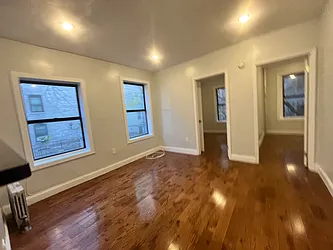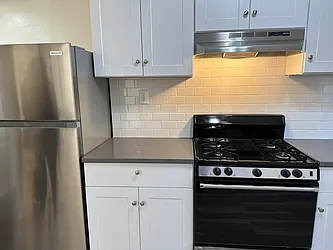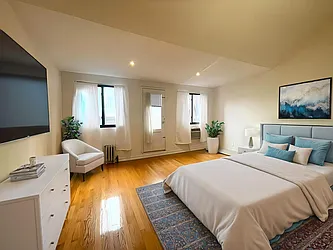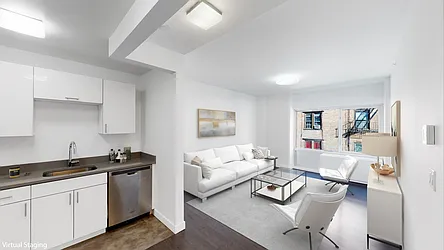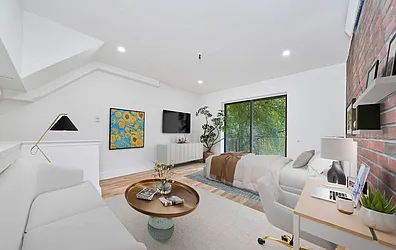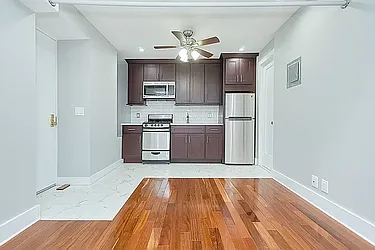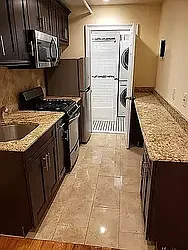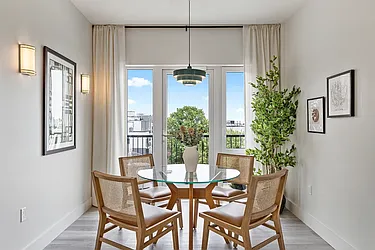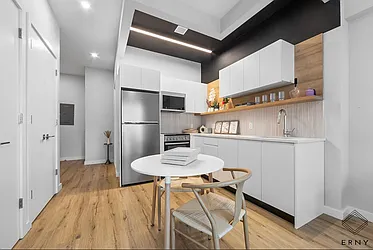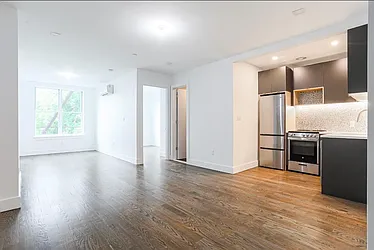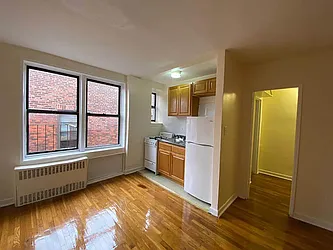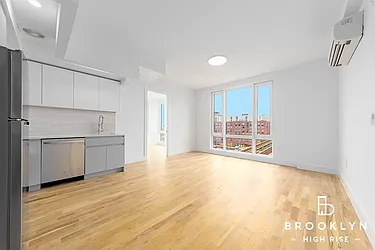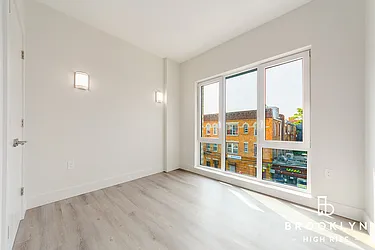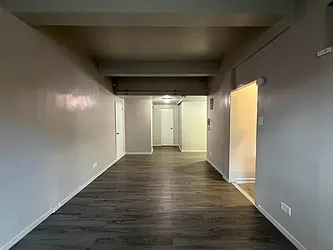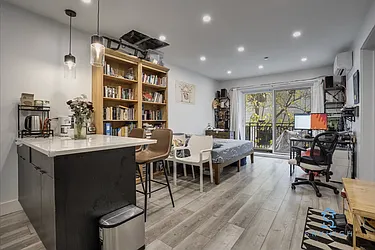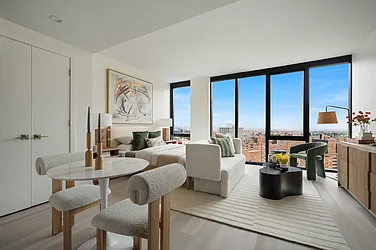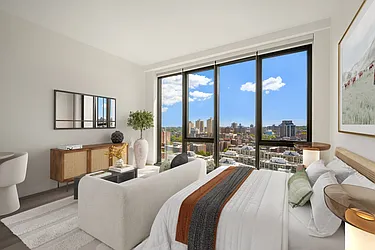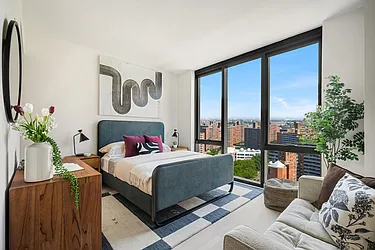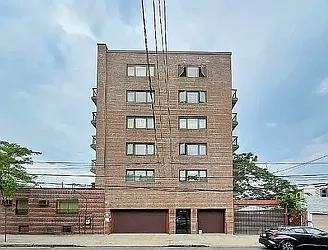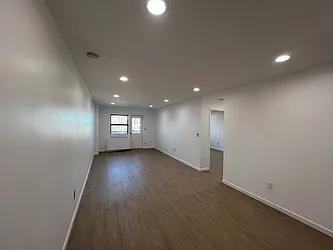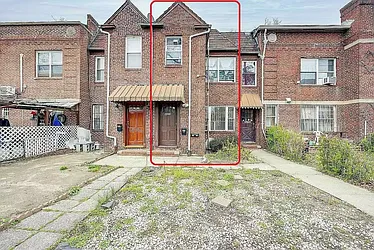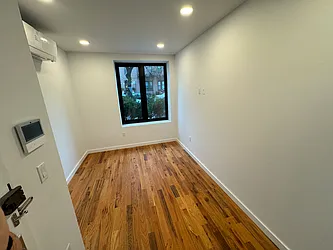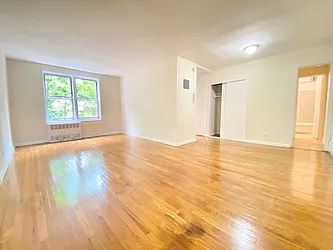Looking for an apartment in New York City, but not ready to sign a year lease? Short-term rentals are on the rise in the Big Apple. And the shortest option may be the least understood — and hardest to come by: a month-to-month lease. This is an arrangement between a landlord and tenant in which the lease can be altered or terminated by either party on a month-by-month basis. These leases come with significant benefits for renters and have several downsides in some situations. Here, we ask experts to break down the pros and cons of a month-to-month lease to see if it’s right for you.
Manhattan Rentals Under $3,000 on StreetEasy Article continues below
Pros of a Month-to-Month Lease
Month-to-month leases are perfect for tenants who are unsure about their future living situation. “It’s a great way to check out a neighborhood or building without a long-term commitment. It also allows for flexibility to perfectly time your next move,” explains Honda Jayathilake, a licensed broker with Douglas Elliman. “When you find a better deal, you can leave within the agreed notice period.” That flexibility is a significant win for renters who are still searching for their perfect pad.
And thanks to the Housing Stability and Tenant Protection Act of 2019, some of the risks previously associated with these not-so-set-in-stone agreements no longer apply. HSTPA “granted sweeping changes to protect renters,” says Martin Meltzer, partner at real estate law firm Belkin Burden Goldman, LLP. Among those changes is the Act’s Section 226-C Notice, which outlines how much lead time a landlord must give a tenant when telling them to leave. “For market-rate tenants [vs. rent-stabilized ones], a landlord must serve either 30, 60, or 90 days notice before the end of term, depending on how long they’ve lived in the unit,” explains Meltzer. Even month-to-month renters are guaranteed at least 30 days of notice before a landlord evicts them.
Brooklyn Rentals Under $3,000 on STreetEasy Article continues below
Cons of a Month-to-Month Lease
Before you go and try to find a month-to-month lease, consider a few potential snags.
- Higher Cost: “Usually, short-term lease options are expensive,” says Jayathilake. For landlords and property managers, advertising, and preparing month-to-month apartments is time-consuming and expensive. Those costs are often passed on to the renter.
- Less Security: What works in favor of the tenant can easily be flipped in favor of the landlord: With month-to-month arrangements, landlords can evict tenants or raise the rent with a 30-day notice period. “You may be in a busy season at work or traveling, and suddenly you get notice to vacate,” says Jayathilake. “This could be very inconvenient and could also come at a time during the height of the market, so you’d be searching in a less than ideal time.”
- Low Inventory: Since monthly leases are more challenging to manage for landlords and property managers, you won’t see many of these around the city. “Owners don’t like doing them for the most part because it gives the renter flexibility to leave at any time,” explains Meltzer.
How to Find a Month-to-Month Lease in New York City
Renters looking to enter a new space on a month-to-month lease will likely have difficulty. “Month to month is more common after the first term (typically 12 months) expires,” explains Jayathilake. “Rather than renew for a set term, the tenant and landlord agree to a month-to-month arrangement. Signing a month-to-month lease from the start is pretty uncommon because most buildings do not allow short-term rentals less than 3 to 6 months.”
Queens Rentals Under $3,000 on StreetEasy Article continues below
Weighing the Pros and Cons
If your future (as in next month) plans are up in the air, a month-to-month lease could make sense, understanding the expenses will likely be higher. (An excellent first step: determining how much you can afford to rent). But if you plan on remaining in one place for a year or longer, a fixed-term lease is usually the way to go. Meltzer points out that there are other options as well. Looking at Airbnb is seemingly a more accessible option for someone who plans on being in a spot for only one month. And for someone looking to stay more than one month, a short-term rental situation often provides housing security for a more extended period.
Looking for a Rental in NYC?
If you’re ready to sign a yearly lease, the following articles will help you find your dream rental.
How To Find the Best Rental for You on StreetEasy




